Twisted Hinoki Cypress
$44.50 Original price was: $44.50.$31.15Current price is: $31.15.
- Free Shipping over $25
- Fast & reliable delivery options
- Enjoy top quality items for less
- Multiple safe payment methods

Different kinds of interesting evergreen conifers make wonderful specimens in any garden, mixed with other shrubs and trees, or growing in a collection of other colorful and unusual varieties – and there are many of those to choose from. These fascinating plants give permanence and structure to your garden, looking good every day or the year, and they grow steadily into significant specimens that really bring a feel of quality and maturity to your outdoor space.
The Twisted Hinoki Cypress is just such a fascinating plant. It is a unique and special variety of its parent tree, growing about 6 inches a year to become a bold, imposing specimen in your garden. There is always high demand for unusual evergreens and this plant is no exception. It is rarely available, and we have made a special purchase of a limited number of plants. If you want to grow and enjoy this lovely, low-maintenance plant in your own garden, order now – or you will certainly find us out of stock when you return.
Appearance of the Twisted Hinoki Cypress
What makes this plant unique are the twisted and flattened branches, that often end in small cockscombs, giving the plant a striking character. The normal foliage of the Hinoki Cypress is flattened and in soft sprays, but in this plant the stems are rounded and twisted into interesting forms, so that the whole plant takes on a dramatic look. All this is combined with a broad upright structure, so that after around 10 years it will be 5 feet tall and at least 4 feet wide. It will continue to add around 6 inches every year, so in time it will grow significantly taller, becoming more and more imposing and wonderful as it matures.
You can use this plant as a specimen among other shrubs in your garden beds. It will look fabulous growing with other exotic conifer varieties in a special bed, perhaps mulched with attractive river stones and larger boulders. Such a bed makes a great, low-maintenance feature in a front yard, along a fence or in front of a hedge. As each year passes your collection will become more and more attractive.
Twisted Hinoki Cypress Uses
A group can even be grown as an informal screen, or divide between one part of the garden and another. A pair of these special plants planted in attractive pots or boxes on either side of an entrance would be lovely, giving real ‘presence’ to that entrance, and showing off the special foliage close up, where it can be greatly appreciated by everyone. Of course, being a native of Japan, this is also a great small shrub to use in an Asian-themed garden, or a simple gravel-floored courtyard with perhaps just a bamboo plant and a Japanese maple tree.
Growing Twisted Hinoki Cypress
Despite its exotic appearance, this plant is very easy to grow. Just like its parent Hinoki Cypress, it will grow from zone 5, and warmer, sheltered parts of zone 4, all the way through zone 8. It grows in any regular garden soil, as long as it is well-drained. Add organic material to the soil when planting, and mulch young plants with more rich material each spring, as the best and fastest growth will occur in richer soils.
Sun Exposure and Watering
It will grow in full sun, and also in light shade, so it can be grown in many places around your garden. It should not be sheared or clipped, and it has a natural density of growth that will keep it always neat, but with a rugged appeal. New plants should be watered regularly, and once established this plant is drought-resistant, free of pests and diseases, and needs no special care at all to grow more and more handsome with each passing year.
History and Origins of the Twisted Hinoki Cypress
The Hinoki Cypress, Chamaecyparis obtusa,is a tall evergreen lumber tree which grows naturally in the forests of Japan. It grows to 100 feet tall, and in gardens it is usually found in one or other of the many exotic, usually dwarf, forms that have been discovered in Japan, North America and Europe. This twisted form, called ‘Torulosa’, was found growing in the William Gotelli Conifer Collection in South Orange, New Jersey. Mr. Gotelli was a keen conifer collector who had built up over many years one of the largest collections of these plants in the United States.
In 1962, Gotelli donated his collection to the National Arboretum, in Washington D.C., and it was during the cataloging of the collection for the move that these plant was found. Since then it has been distributed among collectors and specialist nurseries, and gradually become available to gardeners across the country. The Gotelli collection is still a center-piece of the National Arboretum. A special plant of this type can never be grown from seed, and our plants are carefully produced from pieces of parent plants known to be the precise variety. These take a long time to develop, and become the beautiful plants we send you.
Be the first to review “Twisted Hinoki Cypress” Cancel reply
Related products
Cedar Trees
Evergreen Trees
Cypress Trees
Arborvitae Trees
Evergreen Trees
Evergreen Trees
Evergreen Trees
Cedar Trees




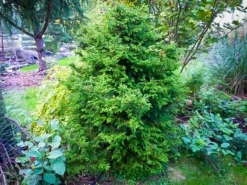
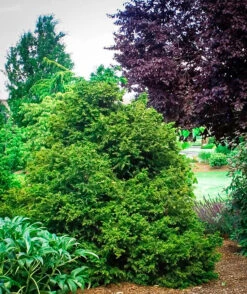



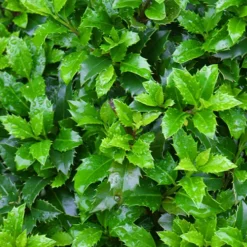

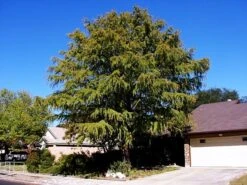


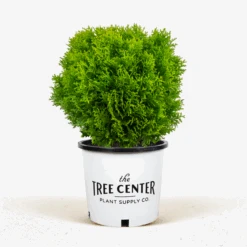


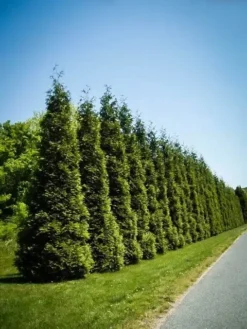
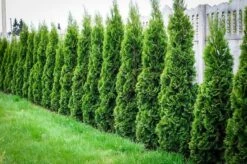
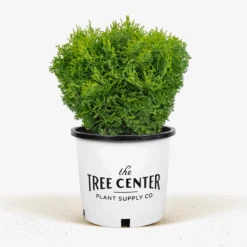
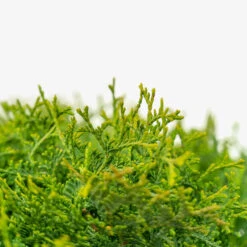
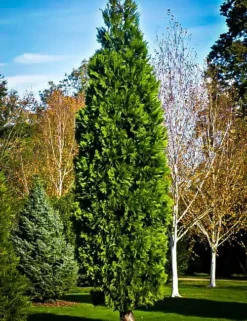
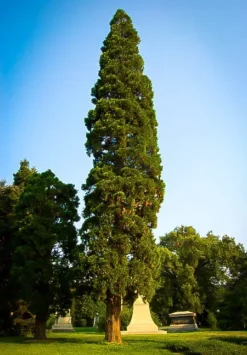
Reviews
There are no reviews yet.